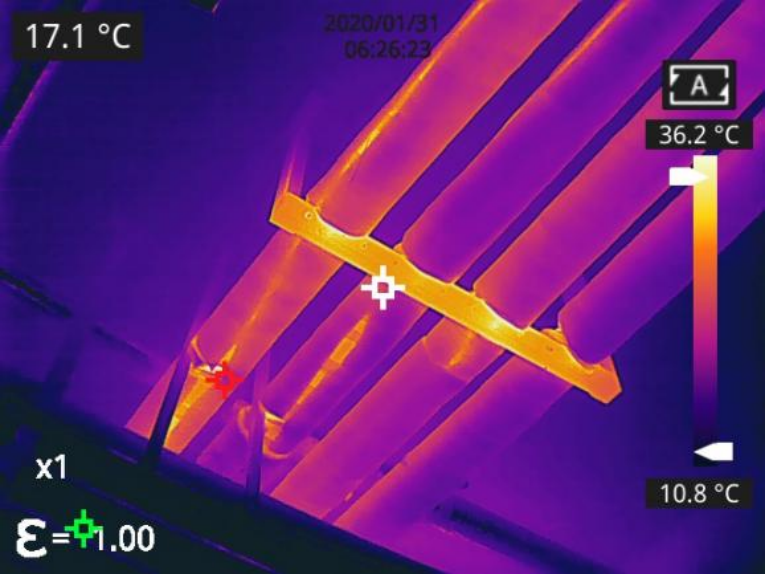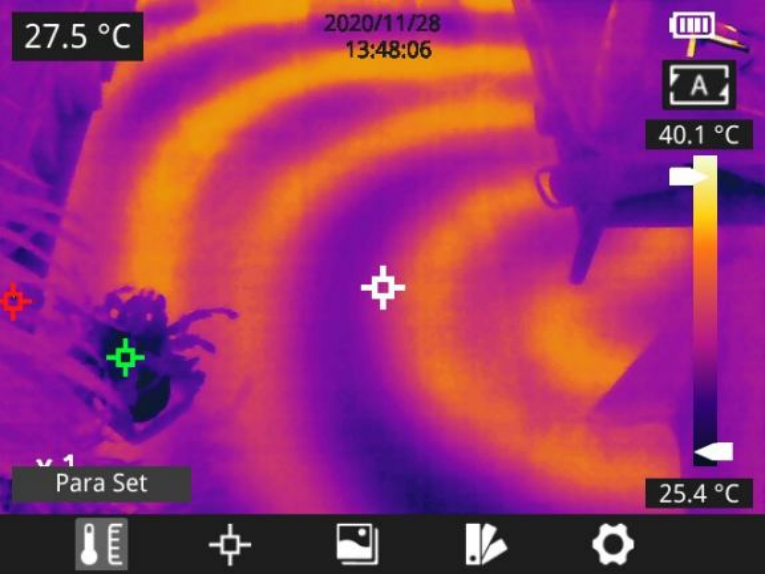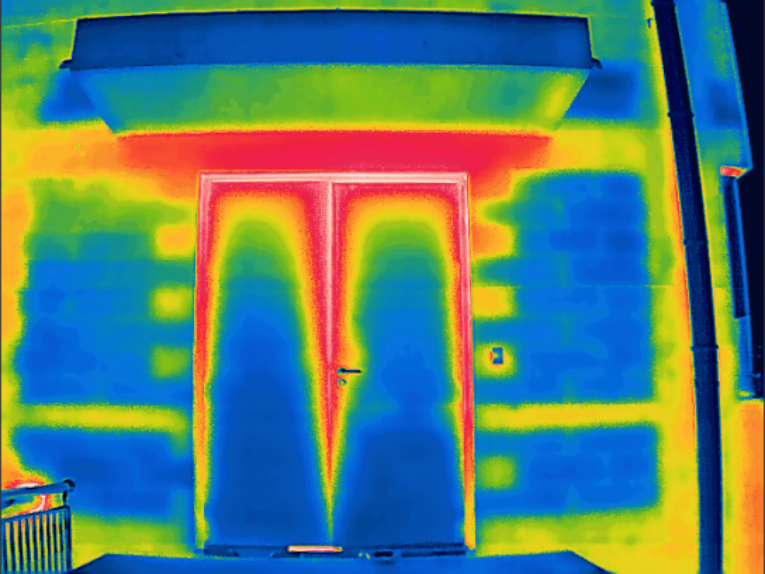Home > Company News > Troubleshooting HVAC Systems with Thermal Imaging Cameras
Company News

Thermal imaging has become an essential tool for HVAC maintenance and repair. Just as X-rays and MRIs are used for diagnosis and imaging in the medical field, thermal imaging plays a similar role in troubleshooting HVAC. Skilled technicians with infrared thermal imaging cameras can identify and diagnose HVAC system problems before they escalate.
So what are the main benefits of thermal imaging for HVAC troubleshooting? Today, let’s talk about the advantages of thermal cameras for HVAC and their specific applications in HVAC troubleshooting.
Benefits of Using Thermal Cameras for HVAC1. Early Detection of ProblemsOne of the primary advantages of thermal imaging is its ability to detect problems early. HVAC systems can have issues like leaks, blockages, or electrical faults that are hard to detect without specialized equipment. Thermal imaging identifies these problems by highlighting abnormal temperature patterns, allowing for timely repairs before minor issues escalate into costly ones.
2. Improved Energy EfficiencyWith thermal imaging cameras, HVAC professionals can identify areas where heat is escaping, optimizing system performance. For example, thermal imaging can reveal poor insulation performance or leakage of the pipeline, which can then be addressed to ensure the system runs efficiently, leading to lower energy consumption and reduced utility bills.
3. Non-Invasive InspectionInfrared thermal cameras allow for non-invasive inspections of HVAC systems. Technicians can diagnose issues without dismantling the system’s structure or disrupting the heat supply. This capability saves time and minimizes the risk of further damage during maintenance activities.
Key Applications of Thermal Imaging Cameras in HVAC Troubleshooting1. Thermal Pipeline Defect DetectionBecause of suffering under high temperatures and corrosive conditions for the long term, the thermal pipeline system can experience a variety of issues over time. These issues often manifest as temperature anomalies, so thermal imaging is an exceptionally effective method for detecting and diagnosing problems.
Thermal Imaging for Inspection and TroubleshootingDetecting Blockages: When a pipe becomes blocked due to scale buildup, debris, or other substances, a significant temperature difference emerges between the blocked and unobstructed sections. Thermal imaging can quickly identify these temperature anomalies, pinpointing the exact location of the blockage.
Identifying Thinning of Thermal Pipelines’ Inner Wall: Over time, the inner walls of pipes can thin due to erosion or corrosion. Over time, this could lead to pipe leaks. By visually displaying the temperature distribution variations on the pipe surface, infrared thermography allows inspectors to easily identify thinned areas and evaluate the scope of damage.
Locate the Leak Position: A pipe leak will cause a temperature difference between the area of the leak and the normal areas. Thermal imaging can easily detect these high-temperature areas, allowing technicians to quickly locate the leak.




